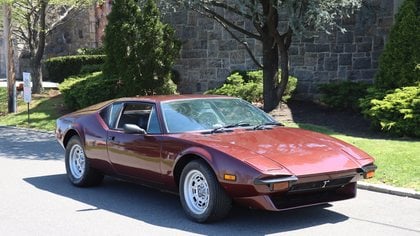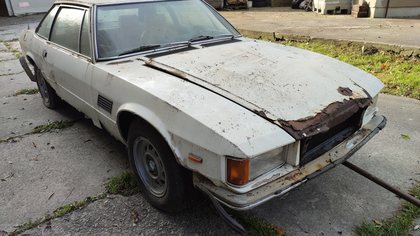Lot 146 1969 De Tomaso Mangusta 289ci For Sale by Auction

Lot 146 1969 De Tomaso Mangusta 289ci For Sale by Auction
- Left Hand Drive
- 1969
- Blue
- Dealer
- Belgium

This advert has now been removed through sale or otherwise. Please see the list below for similar live adverts.
Similar De Tomaso Mangustas
Check out our new listings and upcoming auctions by subscribing to our newsletter
By signing up you accept our privacy policy and conditions of purchase












